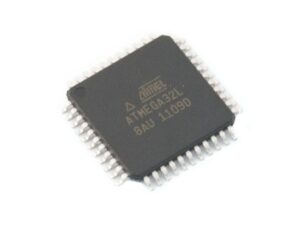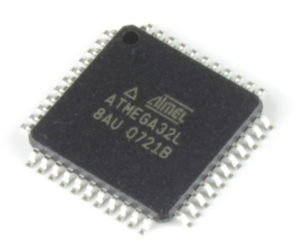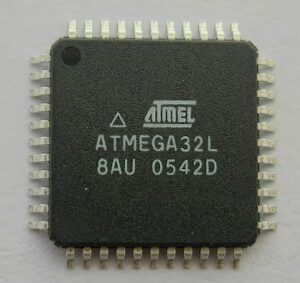 Reverse Engineer AVR Chip ATMEGA32L Microcontroller
Reverse Engineer AVR Chip ATMEGA32L Microcontroller
Reverse Engineer AVR Chip ATMEGA32L Microcontroller flash memory protection system is a process to crack mcu atmega32l flash memory fuse bit and readout heximal software from atmega32l mcu flash memory;

Reverse Engineer AVR Chip ATMEGA32L Microcontroller flash memory protection system is a process to crack mcu atmega32l flash memory fuse bit and readout heximal software from atmega32l mcu flash memory
XTAL1 and XTAL2 are input and output, respectively, of an inverting amplifier which can be con- figured for use as an On-chip Oscillator, as shown in Figure 11. Either a quartz crystal or a ceramic resonator may be used. The CKOPT Fuse selects between two different Oscillator amplifier modes.
When CKOPT is programmed, the Oscillator output will oscillate a full rail-to- rail swing on the output. This mode is suitable when operating in a very noisy environment or when the output from XTAL2 drives a second clock buffer to restore atmega32l mcu flash memory code. This mode has a wide frequency range. When CKOPT is unprogrammed, the Oscillator has a smaller output swing.

ingeniería inversa AVR chip ATMEGA32L microcontrolador sistema de protección de memoria flash es un proceso para romper mcu atmega32l memoria flash fusible bit y lectura de software heximal de atmega32l mcu memoria flash;
This reduces power consumption considerably. This mode has a limited frequency range and it cannot be used to drive other clock buffers. For resonators, the maximum frequency is 8MHz with CKOPT unprogrammed and 16MHz with CKOPT programmed. C1 and C2 should always be equal for both crystals and resonators.
The optimal value of the capacitors depends on the crystal or resonator in use, the amount of stray capacitance, and the electromagnetic noise of the environment to break atmega32l mcu encryption fuse bit. Some initial guidelines for choosing capacitors for use with crystals are given in Table 4. For ceramic resonators, the capacitor values given by the manufacturer should be used.
